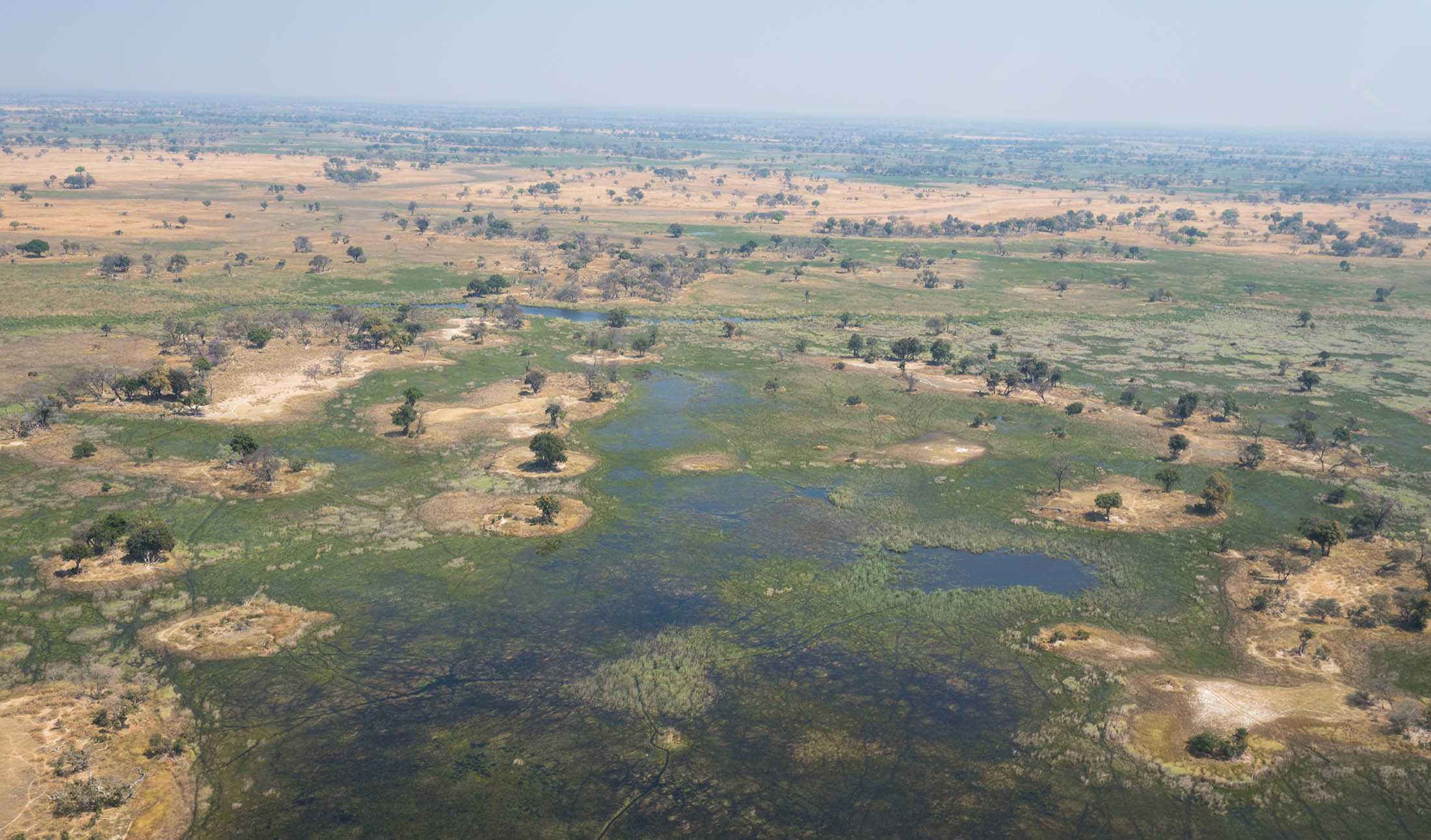Pros and cons of the Micro Four Thirds system

It’s fair to say i’m a big advocate of the Micro Four Thirds Mirrorless camera system, developed by Olympus and Panasonic in 2008.
I was previously a big fan of the Full Frame Canon 5D MKIII. Having used this camera for several years i had to give it up when deciding to live and work abroad. With my current job i have the opportunity to travel more often, which ultimately helped when deciding which camera system to adopt.
The Sony A6000 range interested me for quite while. The small form factor, effective ISO, quick autofocus and affordable price range are all positive factors in comparison to DSLR cameras of the same spec. The Sony A7 range also interested me for a while. The great image quality of the Full Frame sensor, insane ISO levels and possibly the best autofocus on any Mirrorless cameras on the market. Also, a great range of lenses and the ability to adapt to Nikon and Canon mounts. However, with the use of a Full Frame sensor comes Full Frame lenses. There may be size and weight advantages in the camera body but the lenses remain the same size.
Learn more about Lumix Lenses Here
The Panasonic Micro Four Thirds (M4/3) became a serious option for me. One of the big reasons for adopting this system is the overall size and weight of both the camera body and lenses is dramatically reduced. For example, the 100-400mm telephoto lens for M4/3 is around two-thirds smaller and one fifth of the weight, compared to an equivalent lens for a Full Frame DSLR camera.
Advantages of Micro Four Thirds: Size and weight as already mentioned is a big factor, especially when travelling. Other pros include the In Body Image Stabilization, which is simply mind blowing on the Panasonic GH5 and G9 cameras. The sensor acts like a gimbal inside the camera and is also programmed to work with any lens with Optical Image Stabilization (O.I.S). The electronic viewfinder is possibly one of the best on the market. The video quality on the GH5 and GH5s is broadcast quality 10 Bit 4:2:2 with 4K resolution at 60fps. In fact the GH5 has the ability to record at 6K resolution using the anamorphic video mode or the 6K Photo Play. The resulting image quality is extremely good and capable of competing with cameras way above it’s price range. Another big plus for me is the ability to use shutter angle when in video mode, a feature that is mostly only found on professional level video cameras.
This a technique that maintains a shutter speed that is relative to your frame rate settings. For example, setting the shutter angle at 180 degrees will mean your shutter speed will always be twice that of the frame rate regardless of your cameras frames per second set up. This creates a natural level of motion blur, similar to what the naked eye would see. Of course, the shutter angle can be adjusted for a particular style of video.
Learn more about Lumix Lenses Here
There is also a fantastic range of native lenses designed to work on both Olympus and Panasonic camera bodies. In fact, they will work on any M4/3 mount. Leica has an incredible partnership with Panasonic developing a professional range of lenses. There is also the ability to adapt virtually any lens on the market using speed-booster adapters. This opens up an almost endless amount of options.
Other advantages of M4/3 is the level of performance. As mentioned the GH5 can record up to 6K 4:3 anamorphic using the HEVC codec, plus at 4K 4:2:2 10 bit video. The G9 has a burst mode of 60fps in RAW format as well as an 80Mp high resolution mode. Both cameras have the 6K photo function and post focus options as well as a host of other really neat features. These are exceptionally high performance cameras capable of professional level recording. Also, there’s no recording limit, no overheating, weather sealing, dust proofing and splash resistance. The M4/3 cameras are possibly the most versatile on the market. Also, the flip-out touch screen LCD and customisable buttons are all added benefits.
Disadvantages of Micro Four Thirds: Low light capabilities will always suffer on the M4/3 system. The sensor size has a 2x crop factor compared to Full Frame meaning the light-sensitive area is absorbing less photons. M4/3 are up to 2 stops less effective in low light conditions. As the focal distance increases by 2x, the aperture is also affected. Therefore, an f/2 lens would look more like an f/4. This is probably beneficial for video where ultra shallow depth of field is not as necessary and for landscape photography. It’s not so great for stills photography and portraits, where extreme shallow DoF and smooth background bokeh are more important. There are ways around this by using speed-booster adapters.
Learn more about Lumix Lenses Here
Auto focus has always been an issue with M4/3 cameras. Olympus and Panasonic have traditionally use a contrast detection system. This has been well noted in the industry as being less effective compared to the phase detection of the Sony Mirrorless Full Frame range and DSLR cameras. Therefore, trying to track a subject in a low light situation or focusing on a fast moving subject will be an issue for M4/3. If you prefer shooting in manual mode this is obviously not an issue. The Sensor size however, is not the reason for lack of depth of field, it’s the dynamics of focal length, distance from subject and aperture.
A way around the lack of DoF with the M4/3 system is to use speed-booster adapters. A 0.71x speed-booster will provide a one stop increase in lens aperture – for example 24mm X 0.71 = 17mm f/1.4 X 0.71 = f/1. Therefore, you will gain low light performance, increased depth of field and have an almost infinite choice of lenses available. Click here for more info. With a speed-booster for the Canon FD mount you can find a whole load of old vintage lenses at reasonable prices. So if portrait photography or shallow DoF is your thing then just buy an adapter with an old Canon FD mount lens at f/1.2. Problem solved.
For me this proves the M4/3 system is still the most versatile and adaptive camera system on the market.
Learn more about Lumix Lenses Here



